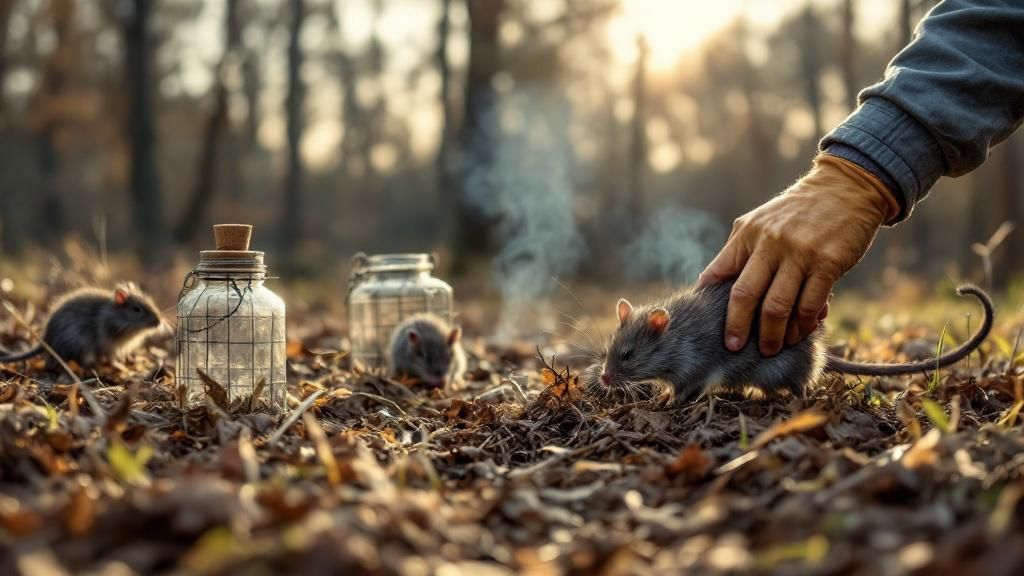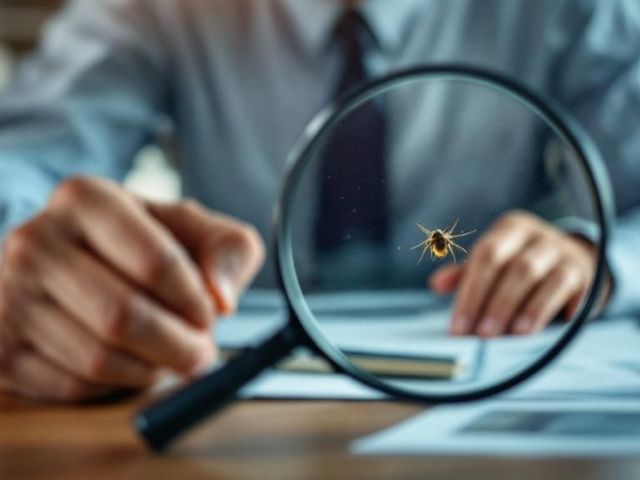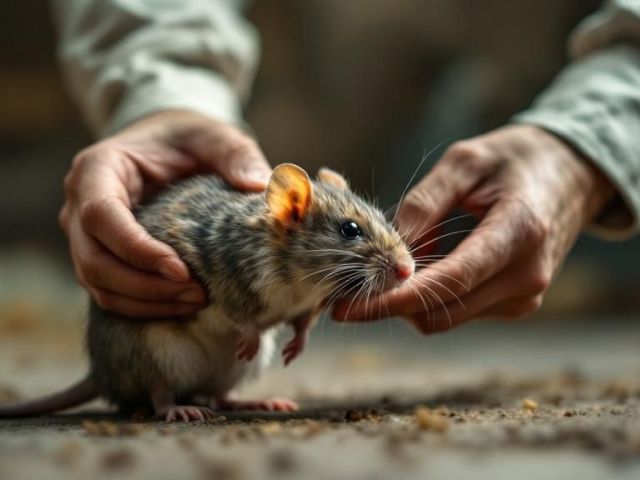Mastering Rodent Trapping in Tennessee: Safe and Effective Control Strategies
Key Takeaways
-
Trapping techniques are critical to a successful rodent control strategy.
-
Identifying the rodent species helps determine the best trapping method.
-
Proper trap placement and baiting significantly increase success rates.
-
Regular monitoring and sanitation reduce future infestations.
-
Professional services offer humane, targeted solutions backed by science and local regulations.
Tennessee homeowners and businesses are no strangers to rodent issues. From the adaptable roof rat to the persistent Norway rat, these pests can cause property damage, contaminate food sources, and even spread disease. Trapping remains one of the most effective and eco-conscious ways to manage rodent problems—but it’s not as simple as placing a snap trap and hoping for the best.
This guide walks you through rodent trapping best practices, behavioral insights, and how professionals approach trapping in a modern, science-based way.
Understanding Rodents Common in Tennessee
Before choosing a trap, it’s essential to identify which rodent you’re dealing with:
-
Norway Rats: Larger, ground-dwelling, often found in basements and sewers.
-
Roof Rats: Smaller, excellent climbers, often found in attics or trees.
-
House Mice: Small and quick, frequently nesting in wall voids or cabinets.
Each species responds differently to traps and baits, making correct identification the first step to an effective strategy.
Trap Types and Strategic Use
There are various traps available, each suited for specific scenarios:
-
Snap Traps: Ideal for quick kills; effective when placed correctly.
-
Live Traps: A humane option for relocation, especially in sensitive areas.
-
Electronic Traps: Kill quickly with an electric shock; good for indoor use.
-
Glue Boards: Can capture multiple small rodents, but less humane.
Regardless of the trap, placement matters. Set traps:
-
Along walls or known rodent pathways
-
In dark, undisturbed corners
-
Near droppings, rub marks, or gnawed areas
For maximum impact, place the trigger side flush against the wall. This increases the likelihood of a successful catch.

Choosing the Right Bait
Rodents are motivated by scent and preference:
-
Peanut butter: Universal favorite for most rodents
-
Raisins or nuts: Roof rats prefer fruit and seeds
-
Meat or fish-based bait: Norway rats are drawn to protein-rich foods
Avoid using too much bait. A small smear is more effective, as it forces the rodent to engage fully with the trap.
Monitoring and Maintenance
Once traps are set:
-
Check traps daily to dispose of caught rodents and reset if needed.
-
Use gloves when handling traps to avoid human scent transfer.
-
Clean surroundings to remove food scraps and nesting materials.
Routine monitoring not only increases catch rates but also helps detect whether new rodents are entering the area.
Regulatory Considerations in Tennessee
If you’re setting traps outdoors or on a commercial property, be aware of:
-
Hunting Permission Law: Requires written permission to trap on private land.
-
Wildlife Reporting Requirements: In some cases, rodent captures must be recorded and reported to the Tennessee Wildlife Resources Agency.
Professional services are familiar with these requirements and ensure trapping complies with local laws.
Scientific Insights Into Rodent Behavior
New research reveals that rodents are incredibly adaptable and learn from their environment. Facilities like the Vanderbilt Brain Institute study how rodents respond to environmental changes, which helps pest control experts refine their strategies.
For example:
-
Roof rats avoid unfamiliar objects, making them harder to trap without pre-baiting.
-
Norway rats may test food sources for several days before fully consuming them.
This behavior underscores the value of patient, informed trapping strategies—especially when integrated with other methods like exclusion and sanitation.
Integrated Pest Management and Eco-Friendly Trapping
Integrated Pest Management (IPM) combines trapping with:
-
Exclusion: Sealing entry points with wire mesh, foam, or caulk
-
Sanitation: Reducing food sources and clutter
-
Monitoring: Using non-toxic indicators and smart traps
These methods reduce reliance on rodenticides and support a safer environment for families and pets.
DOA Pest Service in Nashville uses IPM principles to create customized rodent control plans, especially for clients with children, pets, or health concerns.
Trapping in Commercial and Industrial Settings
Larger properties require different approaches:
-
Exterior bait stations prevent rodents from entering
-
Multi-point inspections identify vulnerabilities around doors, vents, and pipes
-
Tamper-proof traps protect food processing, retail, and healthcare settings
Businesses often benefit from service plans that include regular inspection, trap replacement, and digital reporting.
The Role of Professional Expertise
While DIY trapping can help for minor issues, larger or persistent infestations are best handled by licensed professionals. They:
-
Accurately identify species and nesting locations
-
Comply with local regulations
-
Use humane, targeted, and effective trapping methods
-
Offer long-term prevention strategies, not just one-time fixes
Nashville homeowners and business owners trust providers like DOA Pest Service to manage rodent problems efficiently and with minimal disruption.
Frequently Asked Questions
What’s the best trap for roof rats vs. Norway rats?
Roof rats prefer snap traps placed high, with fruit-based bait. Norway rats prefer traps on the ground, with protein-based bait.
How long should I leave traps out?
Until activity ceases. If you still see signs after a week, adjust bait or trap placement.
Is poison better than trapping?
Trapping is safer around pets and children, and allows for direct removal. Poison can pose risks if misused.
What should I do if traps aren’t working?
Change the bait, location, or trap type. Persistent issues likely need professional help.
Can rodent trapping prevent future infestations?
It helps, but sealing entry points and maintaining sanitation are critical to long-term success.









